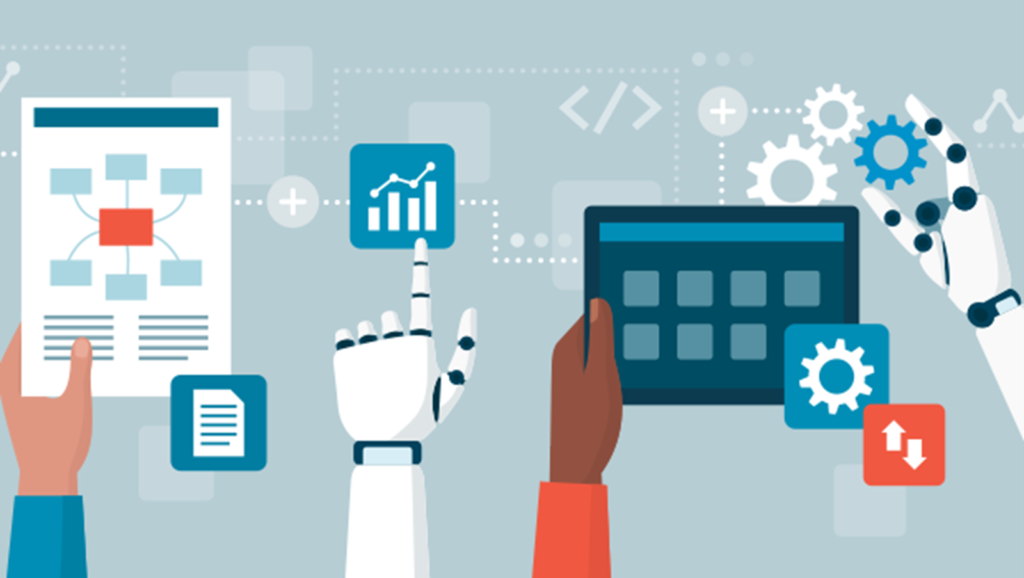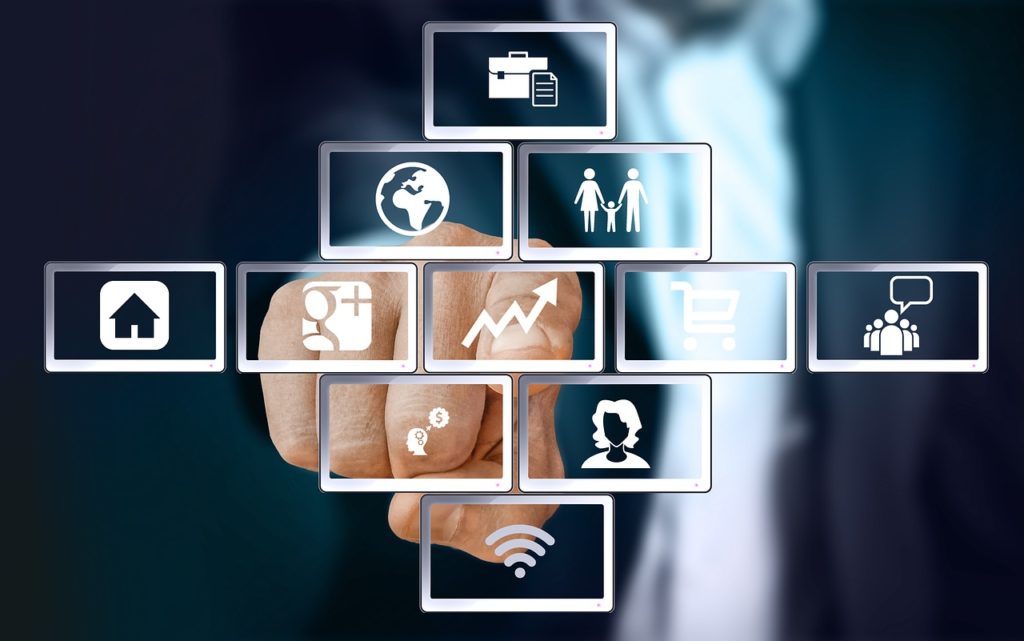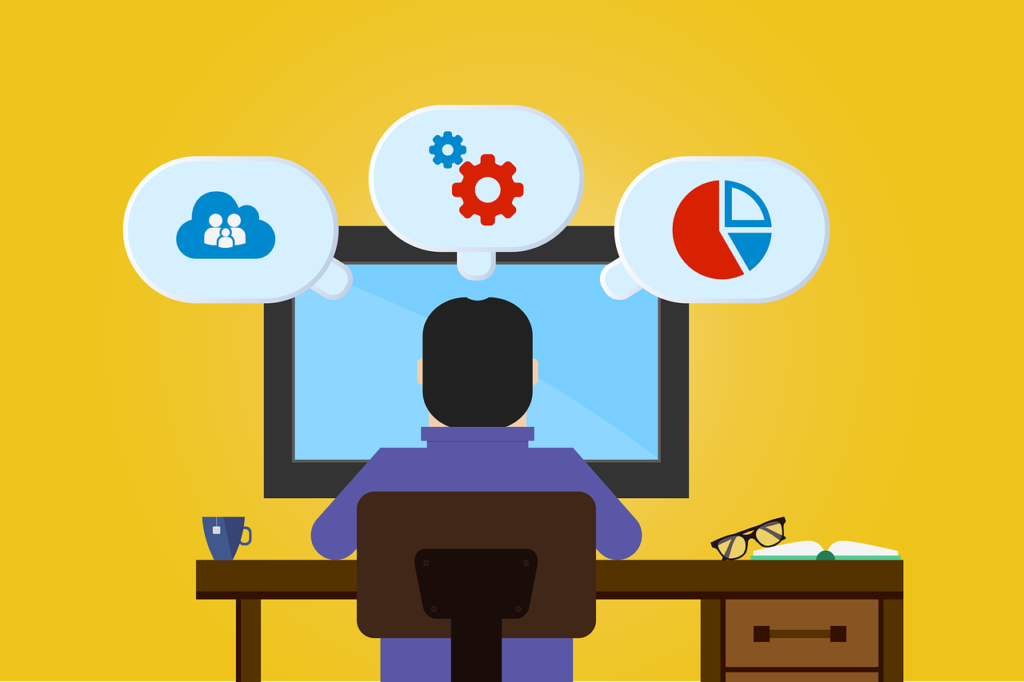Introduction of Automation:
It can be strongly foreseen that the future of bookkeeping will lie in automation. Automation is the use of technology which reduces the need for human intervention. It has been estimated that automation may replace up to 97% of bookkeeping services within the next 5 years. However, this does not mean that bookkeepers will no longer be necessary. Instead, it free’s more time up for analysing and adding value to your business.
Becoming computerised will not only aid in the production of you accounts but also in retaining your company records. As a general rule, companies must keep their records for 6 years and so through becoming computerised another copy will be retained online. This will be very useful if you should ever receive a VAT investigation.
This will also give you the option to scan your information across to your accountant rather than manually dropping your books off!











